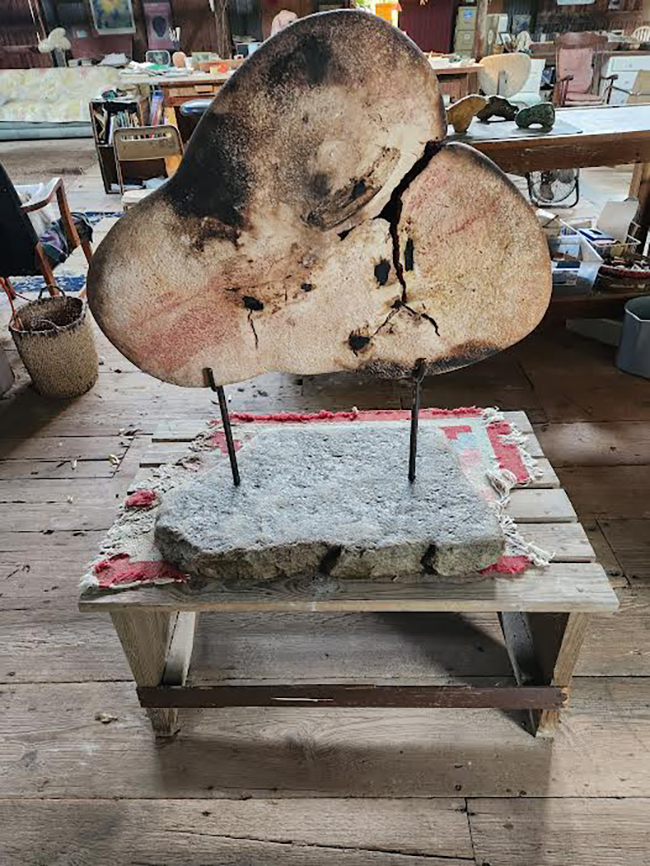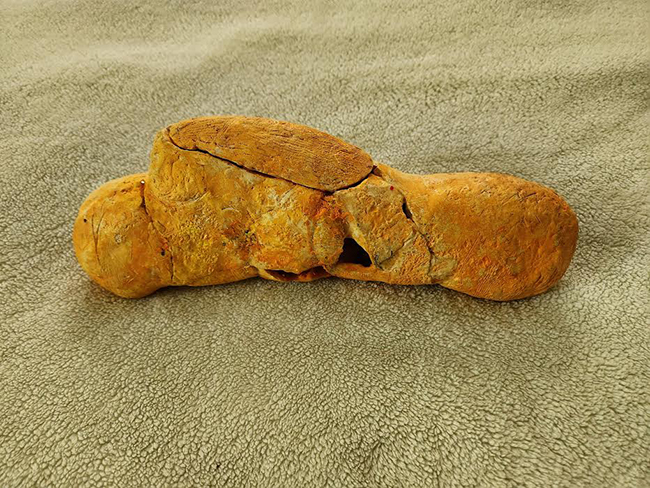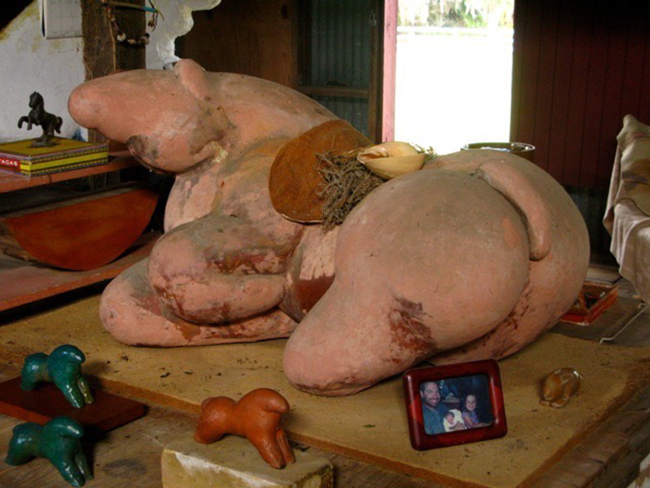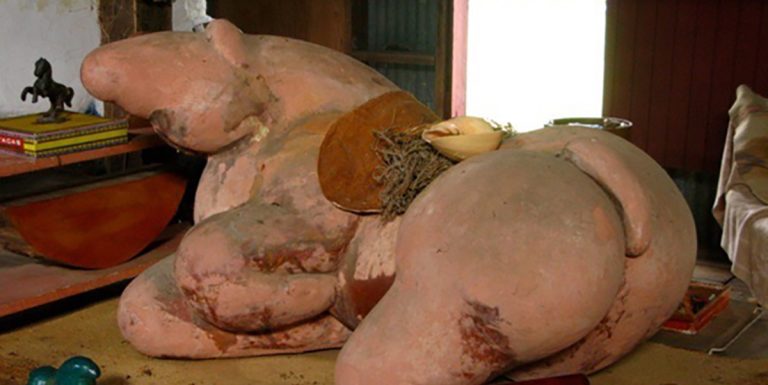William Schaaf was born in Richmond, Virginia, on July 1, 1944. He earned a B.F.A. from the University of Florida, Gainesville, in 1966, and later an M.F.A. from the University of Illinois, Champaign/Urbana, in 1968, both in Painting and Printmaking. His career has been a blend of academic roles, art creation, and healing work, spanning many decades. Schaaf has worked as a professor, lecturer, and visiting artist at more than 30 different institutions, including Penn State University, Princeton University, and the University of Illinois. He has also contributed to teaching programs aimed at young individuals with special needs, utilizing art as a means of healing. Additionally, Schaaf was an early consultant for the Arts in Medicine Program at Shands Hospital, Gainesville, which has since become a national model for the intersection of art and healthcare. His work as an artist, teacher, and healer forms the foundation of his ongoing creative journey.

Schaaf’s current body of work includes a significant piece titled “Paleo Prayer Piece,” an example of his use of wabito clay. This claywork is part of a larger triad series and represents the depth of Schaaf’s creative exploration. His description of the piece reveals the personal connection he has with his materials and the stories embedded in them. The “deepest blacks” within the piece, for example, come from cracks in the clay, which Schaaf contrasts with other blackened areas colored by banana peels. This attention to texture, both natural and formed, adds a layered dimension to the work. The vibrant orange in the piece comes from turmeric, fired at a high temperature, which created what Schaaf described as an “amazing color.” However, despite the careful craftsmanship, the firing process wasn’t without its challenges. He notes that the kiln at the University of South Florida, Tampa, where the piece was bisque-fired, caused the clay to crack because of insufficient airflow.

This sense of struggle and imperfection is central to Schaaf’s art. His pieces are not intended to be flawless but rather to reflect life’s inherent fragility and resilience. He speaks of the heartbreak caused by these imperfections, especially the financial struggle of Bronzart, the Sarasota-based foundry that worked with him to create the stone base and cradles for his pieces. The connection Schaaf has with the foundry, after 45 years of collaboration, is a poignant reminder of how art often requires support networks to survive. Schaaf expresses both his admiration for Bronzart’s work and his concern over their financial survival, a thread that runs through much of his recent reflections.

Within this larger body of work, Schaaf’s attention to ancient forms and techniques is also evident. He describes how the piece has “watercolor russet on top of bisque clay” and how the mane of the sculpted horse doubles as a container. Initially, he had filled in all the open spaces, but later decided to leave them as they were. The result, as Schaaf notes, is a more ancient, raw appearance that adds to the piece’s beauty. This decision to embrace the gaps and spaces within the clay reflects a broader theme in Schaaf’s work—the acceptance of imperfection and the celebration of the natural state of things.
One of the triad pieces within this series was created as a healing horse for a friend who had injured his hand in a car accident. This anecdote illustrates the deeply personal nature of Schaaf’s work. His pieces are not merely objects of art but carry stories of personal connections, healing, and restoration. This particular triad piece serves as a reminder of Schaaf’s long-standing belief in the power of art to heal and provide comfort.
Much of Schaaf’s claywork is linked to his bronze sculptures. He notes that the bronze pieces often have clay sources, and he mentions TG Clay as the source for his “Tantra Gurl” sculpture, a piece that was fabricated in collaboration with Bronzart Foundry. Schaaf’s commitment to clay and bronze as mediums speaks to his connection with the earth and with traditional materials, but his use of these materials is anything but conventional. He pushes the boundaries of what these materials can do, using turmeric, banana peels, and other organic elements to create unexpected results.
In essence, William Schaaf’s work is an ongoing exploration of form, material, and meaning. His pieces are infused with personal stories, reflections on imperfection, and a deep respect for the collaborative process of creation. As he continues to work on large-scale projects like the “Paleo Prayer Piece” and his triad sculptures, Schaaf’s art remains deeply rooted in his experiences, both as an artist and a human being seeking to find beauty in the cracks, the open spaces, and the struggle to survive.

